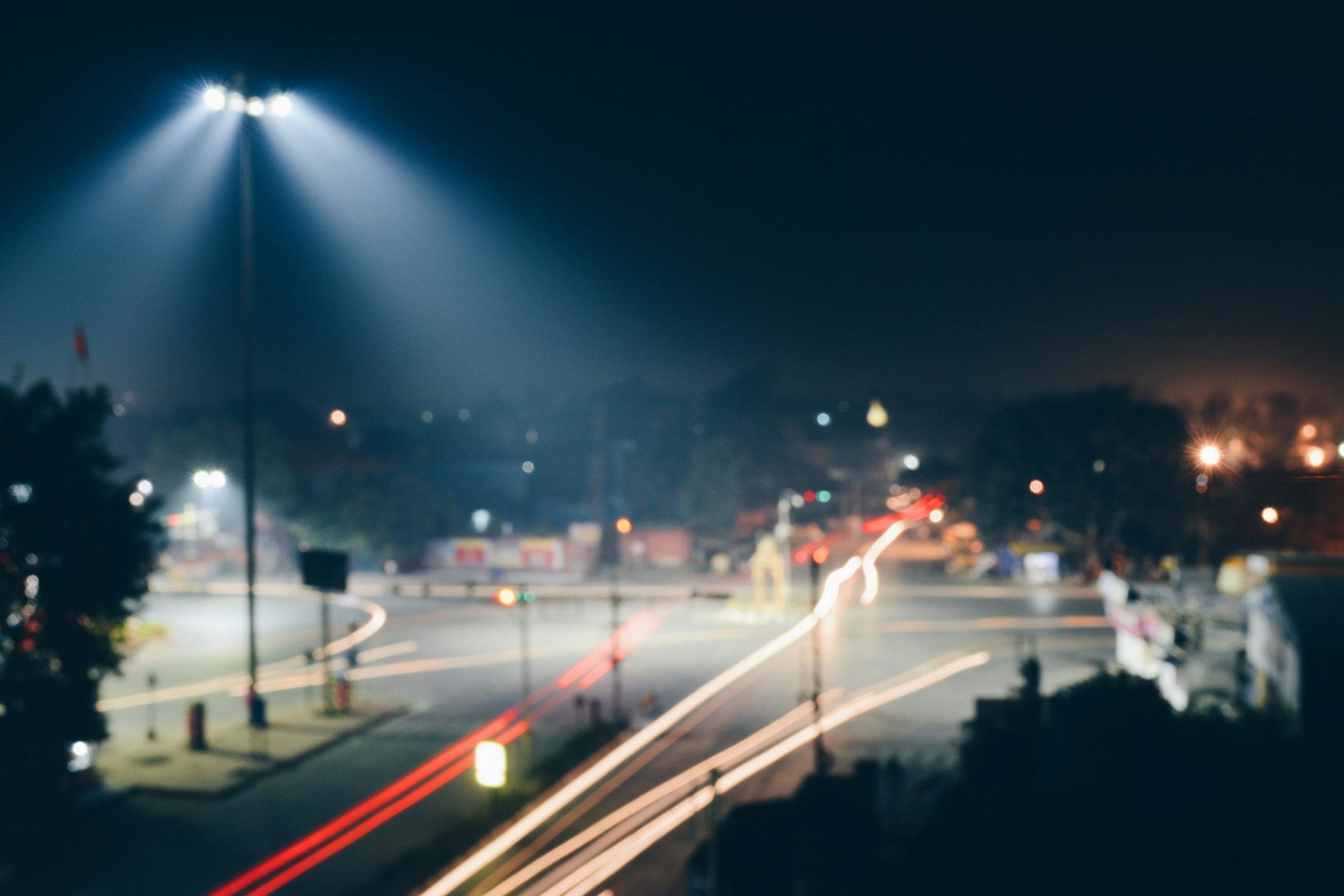Original article (in Slovenian) was published on 5/2/2024; Author: Lara Drugovič
A proposed regulation on the reduction of light pollution introduces new rules regarding the lighting of outdoor surfaces, building exteriors, and interiors of non-residential buildings.
Zmago Jelinčič Plemeniti, president of the non-parliamentary National Party, claimed in a 19 January TikTok video that the government will decree a ban on switching on lights at night, including in residential buildings, saying that “now, because we will only do laundry at night, we will have to crawl in the dark to the washing machines in order to turn them on”.
Jelinčič was referring to a draft regulation on the reduction of light pollution, which was put forward by the Ministry of the Environment, Climate and Energy on 13 January and is in public consultation until 14 February. The stated aim of the regulation is to “protect the environment from harmful effects of light pollution to safeguard biodiversity, human health and the natural landscape”.
The proposed regulation was also the subject of reports by Žurnal24, Regional Obala and Slovenske Novice on 17 January, and a column on Nova24TV on 28 January.
The current regulation on limit values for light pollution, in force since September 2007, does not restrict the use of lights inside buildings. The new proposal expands the scope of inspections of operators of lighting –defined as either legal entities or sole traders – to all types of lighting, including indoor lighting, but only in non-residential buildings. In these buildings, lights will have to be switched off between 10pm and 5am, or between midnight and 5am if the building is in a city centre. At the same time, it stipulates that interior lighting in non-residential buildings must be switched off “outside working hours when no employees are present on premises”.
According to the proposal, it would be permitted to use interior lighting outside these working hours in greenhouses intended for agricultural or industrial production, provided that they have light-blocking shades that let through less than five percent of light.
The reason why the proposed regulation restricts interior lighting in non-residential buildings is to reduce light emission into the environment and their consequences. It also sets a target value for lighting energy consumed per year for public lighting, as well as limit values and conditions for the lighting of public areas, open external surfaces of non-residential buildings, residential buildings, and billboards. For outdoor lighting, for example, it stipulates that light must be switched off during the day and remain switched off until sunset.
Despite the restrictions, the use of sensor-activated lighting would be allowed. The operator of lighting, whether a legal entity or a sole trader, is liable to a fine of between €4,000 and €40,000 for infringements. The person responsible at the infringing legal entity or sole trader is liable for a fine of between €1,200 and €4,100. An operator of lighting who is a natural person is liable to a fine of between €40 and €1,200.
Jelinčič Plemeniti has an advertising billboard installed on the facade of his house. According to Google Maps, this billboard was still illuminated in June 2018. The last available image showing the illuminated billboard is from July 2021. According to our information, the billboard currently on the house is not illuminated at night.
We have informed Jelinčič Plemeniti of our findings. We will publish his response when we receive it.
The claim that the Slovenian government will ban the use of lights at night, including in residential buildings, is false.



